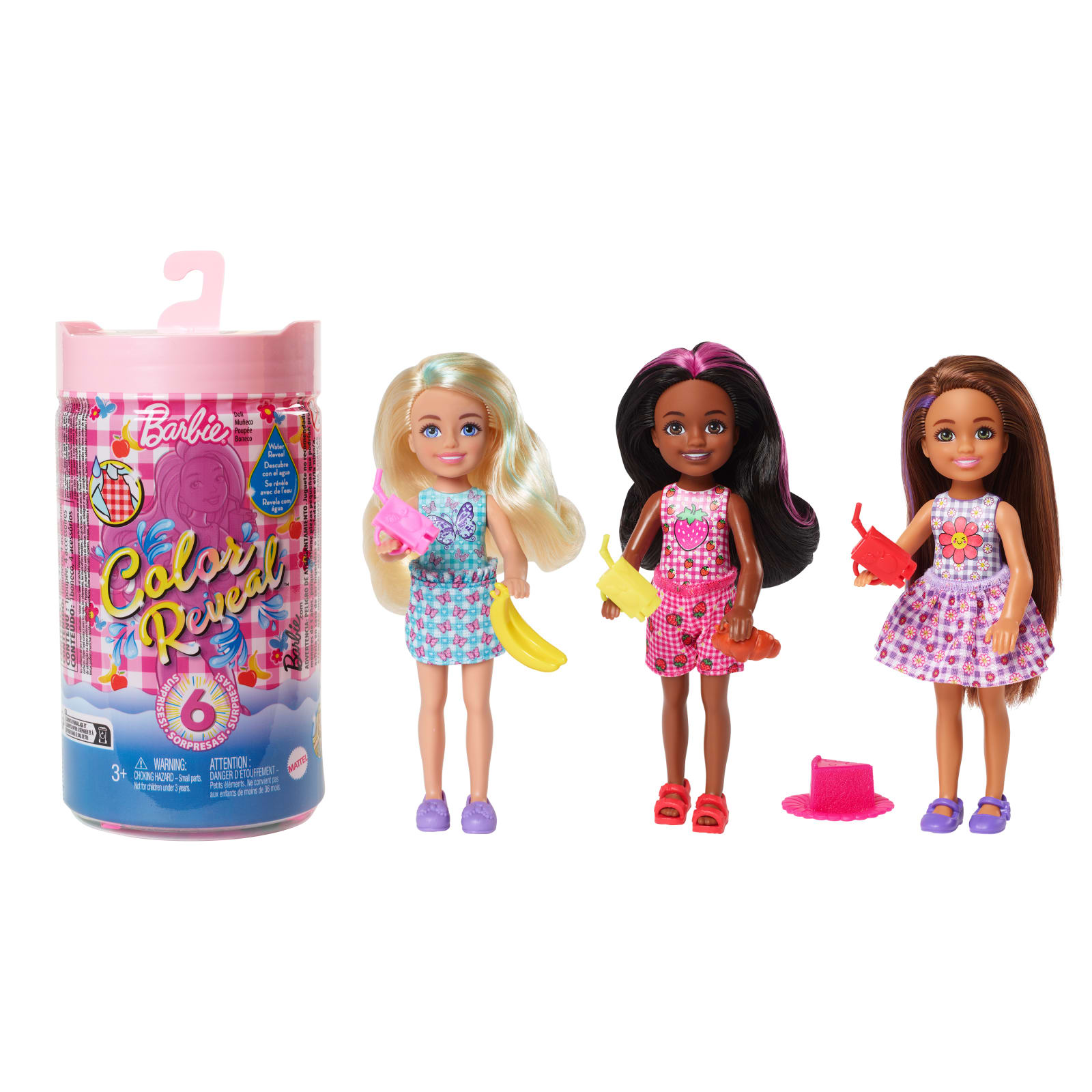Brake fluid should be relatively clear, with a slightly golden hue when fresh. However, over time, brake fluid becomes contaminated and darkens, What Color is Brake Fluid,turning black or brown.
This is an indication that the fluid is becoming old and may need to be replaced. It is important to regularly check the color of your brake fluid to ensure the optimal performance of your vehicle’s braking system.

The Importance Of Brake Fluid Color
Brake fluid is a vital component of your vehicle’s braking system, ensuring the safe operation of your brakes. It is responsible for transmitting the force that stops your vehicle when you press the brake pedal. However, many people overlook the importance of brake fluid color in maintaining the efficiency and functionality of their brakes.
Fresh And Contaminated Brake Fluid
Fresh brake fluid should be relatively clear, with a slight golden tint. This applies to all types of brake fluid, whether it’s DOT 3, DOT 4, or any other type. The clear and golden color indicates that the brake fluid is in good condition and free from contaminants.
Over time, brake fluid becomes contaminated due to the absorption of moisture, dirt, and other particles. As a result, the color of the brake fluid starts to darken, turning black or brown. This change in color indicates that the fluid is becoming too old and compromised in its performance.
Signs Of Brake Fluid Aging
Identifying the signs of aging brake fluid is crucial for ensuring the safety of your vehicle. Here are some key signs to look out for:
- Darkening Color: As mentioned earlier, when brake fluid starts to darken and turn black or brown, it’s a clear indication that it needs to be replaced.
- Strange Odor: Contaminated brake fluid may emit a foul smell, which is indicative of deterioration and the presence of harmful elements.
- Reduced Braking Performance: Aging brake fluid can lead to a decrease in brake responsiveness and an increase in stopping distance. This can compromise your safety on the road.
- Corrosion: Contaminated brake fluid can lead to corrosion of the braking system components, causing them to deteriorate, resulting in potential brake failure.
Regularly inspecting the color and condition of your brake fluid is essential to maintaining the efficiency and safety of your vehicle’s braking system. If you notice any signs of brake fluid aging, it’s recommended to have it replaced by a professional mechanic.

Signs Of Brake Fluid Leak
If you notice a fluid dripping from your car, it is likely brake fluid. Fresh brake fluid is light yellow, but it darkens with age, turning brown or black. Keep an eye out for this color change and the oily, slippery feel of the fluid to detect a brake fluid leak.
Identifying Brake Fluid
When it comes to identifying brake fluid leaks, it’s crucial to understand the characteristics of this essential fluid. Fresh brake fluid is typically light yellow in color, resembling a clear, amber, bluish, red, or greenish hue. This color may vary depending on the type of brake fluid used in your vehicle. However, as brake fluid ages, it starts to darken and turn black or brown. So, if you notice a dark, murky color instead of the original shade of your brake fluid, it’s a clear indication of a potential leak.
Effects Of Brake Fluid Leak
A brake fluid leak is not something to be taken lightly. It can have detrimental effects on the braking system and the overall safety of your vehicle. When brake fluid leaks, it compromises the hydraulic system responsible for transmitting the brake pedal’s pressure to the brake pads or shoes. This can lead to a decrease in braking efficienc
longer stopping distances, and reduced overall control of the vehicle. In addition to these performance issues, brake fluid leaks can also cause corrosion and damage to various components, including calipers, rotors, brake lines, and cylinders. It’s essential to address any brake fluid leaks promptly to ensure optimal safety and functionality of your braking system.
When it comes to identifying brake fluid leaks, there are a few signs that you can look out for:
– Appearance: Brake fluid usually has an oily, slippery feel. If you notice a fluid dripping from your vehicle, inspect its color. Fresh brake fluid is light yellow, but as it ages, it can turn darker, resembling a dark brown or black color.
– Checking the ground: If you find fluid puddles or stains on the ground underneath your vehicle, it could be a sign of a brake fluid leak. Examine the color and consistency of the fluid to determine whether it is indeed brake fluid.
– Master cylinder and brake lines: Inspect the area around the master cylinder and brake lines for any signs of fluid leakage. Look for damp or wet spots, as well as discoloration on these components.
– Rotors and drums: Check the surface of the rotors and drums for any signs of fluid residue. Brake fluid leaks can leave behind a noticeable stain or residue on these parts.
If you suspect a brake fluid leak, it’s crucial to take immediate action. Ignoring a leak can compromise the safety of your vehicle and potentially lead to costly repairs down the line. It’s recommended to have a professional mechanic inspect and repair any brake fluid leaks to ensure the integrity of your braking system.
Remember, maintaining the optimal performance of your braking system is essential for your safety and the safety of others on the road.
Brake Fluid Color Variations
Brake fluid should be clear or slightly golden when fresh. However, over time it can darken and become black or brown, indicating that it is old and contaminated. Proper maintenance includes regularly checking the color of your brake fluid to ensure it is still in good condition.
Clear
Fresh brake fluid is usually clear, indicating its cleanliness and purity.
Amber
Brake fluid can also have an amber color when new, suggesting a slightly aged but still acceptable condition.
Bluish
A bluish hue may indicate a specific type of brake fluid and should be checked against the manufacturer’s specifications.
Red Or Greenish
Occasionally, brake fluid may appear red or greenish, depending on the specific formulation and the manufacturers’ preferences.
Dark, Brownish, And Oily
Old or contaminated brake fluid may take on a dark, brownish color and may even appear oily, indicating the need for immediate replacement.
Impact Of Brake Fluid Color On Performance
Brake fluid plays a crucial role in maintaining the performance and safety of your vehicle’s braking system. One often overlooked aspect of brake fluid is its color, which serves as a visual indicator of its condition. Understanding the impact of brake fluid color on performance is essential for ensuring the proper functioning of your brakes.
Correlation With Brake Health
The color of brake fluid can provide valuable insights into the health of your braking system. When fresh, brake fluid is typically clear with a yellow tint, closely resembling its original color when it was poured into your vehicle’s reservoir. This indicates that the fluid is in good condition and free from contaminants. On the other hand, a change in color over time can signal a problem.
A gradual darkening of the brake fluid color, turning black or brown, is an indication that the fluid has become too old and contaminated. Contaminants such as moisture, dirt, and brake dust can degrade the fluid’s performance, leading to decreased braking efficiency and potential damage to critical brake components.
Consequences Of Ignoring Color Changes
Ignoring changes in brake fluid color can have severe consequences for your vehicle’s braking performance. Dark or discolored brake fluid may indicate the presence of moisture, which can lower the boiling point of the fluid. This can lead to brake fade or a spongy pedal feel, compromising your ability to stop the vehicle effectively.
In addition, contaminated brake fluid can corrode brake system components, including calipers, pistons, and brake lines, leading to leaks and potential brake failure. Regularly monitoring the color of your brake fluid and addressing any changes promptly can help prevent these issues and ensure the optimal performance and longevity of your braking system.
Maintaining Brake Fluid Color
Regular inspection and maintenance of brake fluid color is crucial for ensuring the safety and performance of your vehicle’s braking system. Brake fluid plays a vital role in transferring force from the brake pedal to the brakes, so it’s essential to keep it in optimal condition.
Regular Inspection
Performing regular inspections is the first step in maintaining brake fluid color. Inspecting the color of your brake fluid gives you insight into its condition and helps you identify potential issues early on. Here’s what you need to know:
- Visual Inspection: Start by visually inspecting the brake fluid in the master cylinder reservoir. Fresh and healthy brake fluid should be nearly clear, with a yellow tint resembling its original color in the bottle. If you notice any discoloration or contaminants, such as black or brown fluid, it’s a sign that the fluid needs attention.
- Fluid Level: While inspecting the fluid color, also check the fluid level in the reservoir. Make sure it’s between the minimum and maximum markings. If the level is low, it may indicate a leak in the brake system and should be addressed promptly.
Fluid Replacement Schedule
In addition to regular inspections, following a fluid replacement schedule helps maintain the color and quality of your brake fluid. Over time, brake fluid degrades due to moisture absorption and heat exposure, compromising its performance. Here’s a recommended fluid replacement schedule:
| Brake Fluid Type | Replacement Interval |
|---|---|
| DOT 3 | Every 2 years or 24,000 miles, whichever comes first |
| DOT 4 | Every 2 years or 24,000 miles, whichever comes first |
| DOT 5 | Every 5 years or 50,000 miles, whichever comes first |
Adhering to the fluid replacement schedule ensures that the brake fluid remains in optimal condition, preventing potential brake system failures.
In conclusion, maintaining the color of your brake fluid is crucial for effective braking and overall safety. Regularly inspecting the fluid color and following a fluid replacement schedule will help you identify any issues early on and ensure the proper functioning of your vehicle’s braking system.

Mixing Brake Fluid Colors
Brake fluid plays a critical role in ensuring the safety and reliability of a vehicle’s braking system. One common query among vehicle owners relates to the color of brake fluid. It’s important to be aware that brake fluids are available in various colors depending on their type and composition.
Therefore, it is essential to understand the implications of mixing different colors of brake fluid and adopt the best practices to maintain color uniformity. Let’s delve into the consequences of mixing brake fluid colors and the optimal practices for color uniformity.
Consequences Of Mixing
When different colors of brake fluid are mixed, it can lead to harmful consequences. Mixing brake fluid colors can result in a change in the chemical composition and decrease the fluid’s effectiveness.
This can potentially compromise the performance of the braking system and lead to safety hazards. It’s crucial to understand the potential risks associated with mixing brake fluid colors and take appropriate measures to avoid such scenarios.
Optimal Practices For Color Uniformity
Ensuring color uniformity in brake fluid is imperative for maintaining the efficiency and reliability of the braking system. It is advisable to use the same type and brand of brake fluid throughout the vehicle’s braking system to maintain color consistency.
Additionally, regular flushing and replacement of brake fluid is essential to prevent color discrepancies and ensure optimal performance of the braking system.
Frequently Asked Questions On What Color Is Brake Fluid
What Color Is Bad Brake Fluid?
Brake fluid starts clear or slightly golden. As it ages, it darkens to black or brown, indicating it needs replacement. Check for leaks if the fluid appears dark or oily. Regular maintenance is crucial to ensure brake performance.
What Color Is Brake Fluid Leak?
Brake fluid leak color can vary. Fresh brake fluid is light yellow but darkens as it ages. It can turn dark brown or even black. If you notice fluid that is oily, slippery, and has a yellowish hue or dark brown color, it is likely brake fluid leaking from your car.
What Colour Is Your Brake Fluid?
Brake fluid should be clear or slightly golden when fresh, but it darkens over time. If it becomes black or brown, it indicates that the fluid is old. When leaking, brake fluid can range in color from a light yellowish hue to a dark brown.
How Do You Know If Your Brake Fluid Is Leaking?
To check for brake fluid leaks, inspect for a trail on the ground or around the master cylinder, brake lines, rotors, and drums. Fresh brake fluid is light yellow but darkens with age, turning brown or black. If the fluid appears dark, slippery, and oily, it may be leaking.
Conclusion
It is essential to monitor the color of your brake fluid regularly. If it appears dark, brownish, or oily, it is a clear indication that a flush and replacement are necessary. Fresh brake fluid should typically be clear with a yellow tint, and as it ages, it darkens.
Regular maintenance can prevent potential issues with your braking system.

